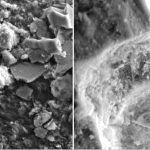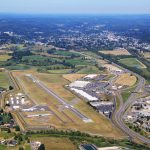Iterative Rollout, Assessment, and Enhancement of a Cloud-Based Virtual Coordination Center for Regional Mobility Management, Year 1. Traffic incident management (TIM) is the process of coordinating the resources of various partner agencies and private sector companies to detect, respond to, and clear traffic incidents as quickly as possible to reduce the impacts of incidents on congestion while protecting the safety of on-scene responders and the traveling public. This project is looking at how TIM in the Puget Sound region can be improved by incorporating congestion management (CM). Researchers at the UW Center for Collaborative Systems for Security, Safety, and Regional Resilience are building on Phase II of their research to implement, use, and assess a shared Virtual Coordination Center (VCC). The VCC will provide new shared data and capabilities and support enhanced collaboration, not only during major incidents, but also during day-to-day management of the regional transportation system. In Phase II, traffic incident managers, congestion managers, and population movement managers identified and visualized the desired capabilities of a common operational VCC environment. These capabilities focus on enabling enhanced, timely data sharing to support a common situational awareness, as well as coordinated regional response among the diverse multi-agency community. In Phase III Year One, an operational, integrated computer-aided dispatch (CAD) will be developed within the VCC environment.
Principal Investigator: Mark Haselkorn, Human Centered Design and Engineering, UW
Sponsor: WSDOT
WSDOT Technical Monitor: Ron Vessey
WSDOT Project Manager: Doug Brodin
Scheduled completion: June 2021





